Communities Mental Health and Wellbeing Fund for Adults - year 3: monitoring and reporting summary September - easy read
Easy read version of the year 3 monitoring and reporting summary for the Communities Mental Health and Wellbeing Fund for Adults.
Communities Mental Health and Wellbeing Fund for Adults
Year 3 – Monitoring and Reporting Summary

In April 2023 the Government announced that £15 million would be available for the Communities Mental Health and Wellbeing Fund for adults (the Fund) in 2023-2024.

The Fund aims to tackle social isolation, loneliness and mental health inequalities which are made worse by the cost of living crisis.
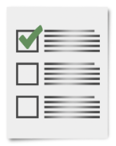
The fund would do this by:

Tackling mental health inequalities. It would support groups of people that are at risk.
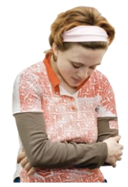
Tackling social isolation and loneliness, suicide and poverty. This would be aimed especially at people who suffer most from the cost of living crisis.
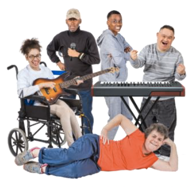
Supporting small community groups and organisations to deliver activities.
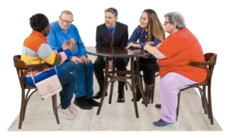
Giving opportunities for people to connect with each other. This would build good relationships and bring communities together.
Groups the Fund aims to support
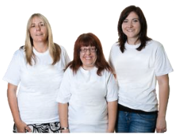
- Women (particularly those affected by gender based sexual violence)

- People with a long term health condition or disability
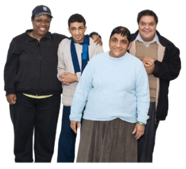
- People from a minority ethnic background
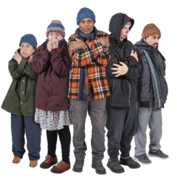
- Refugees and those with no access to benefits
- People who are disadvantaged (meaning they are worse off financially or socially than other people)
- People affected by mental illness or psychological trauma (including bad childhood experiences)
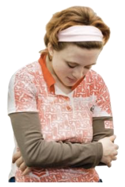
- People who have experienced bereavement or loss
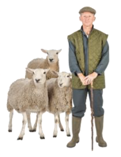
- People who are disadvantaged because of where they live (like remote parts of the country)
- Older people (aged 50 and above)

- LGBTQI+ communities
How the Fund is Delivered
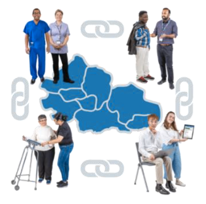
Local Partnership Groups are in charge of how the money is spent in their local area.

Each area has a Third Sector Interface (TSI). These decide which organisations get money in a local area.

They work with local councils to plan how the fund will be spent, and check how well the projects working.
How the Fund worked in Year 3

Number of awards: 1,515 grants were given to 1,363 organisations.

New and ongoing projects: There has been a good balance between Year 1 & 2 projects and new ones.

Small grants: Most of the grants given were small grants.

Smaller organisations: Most funding went to either small or medium sized organisations. This is very much in line with the ethos of the Fund.
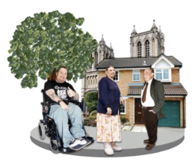
Types of projects: A wide range of community mental health and wellbeing projects have been funded. There were more that focused around group activities and social activities.
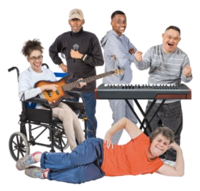
These and many other projects were about community connection, social interaction and stopping mental health problems from getting worse.
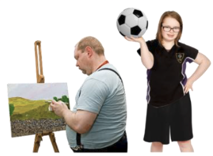
Other projects focus on sport and exercise, nature, social spaces, art, befriending groups and many more.
Target groups and main issues
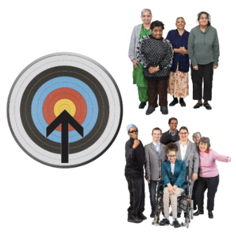
Target groups: About a quarter of the projects aimed to help everyone. About a quarter were open to everyone but focused on certain groups. Nearly half were only for certain target groups.
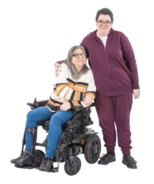
Spread: Awards were made to projects working with a range of the Fund's target groups as well as many others like carers.
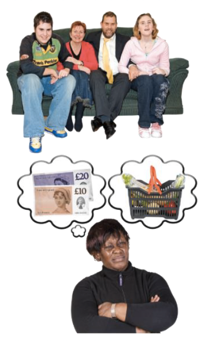
The most common target groups were:
- Families with a disabled member
- Lone parents
- Older people
- People suffering different kinds of disadvantage
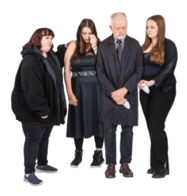
The least common target groups were:
- People who have experienced bereavement or loss
- Refugees and those with no access to benefits
- LGBTQI+ communities

Important messages

Most of the Fund's main aims of tackling social isolation and loneliness, poverty and inequality are well covered. Suicide prevention is the least well covered theme by organisations.
Reporting
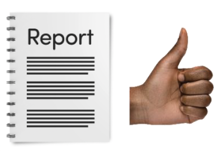
The Fund and the system for running it have been set up properly. The Report on Year 1 showed that TSIs were working well. Because of this we are asking for less reporting from TSIs this year.
TSI Feedback
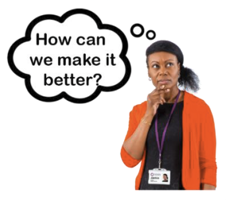
We got comments from TSIs about how the Fund worked in Year 3 and suggestions for making it better. We can take what we learned and make things even better in Year 4.
Next Steps
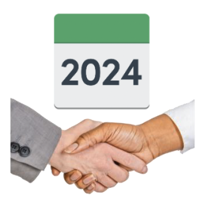
For Year 4 of the Fund we will build on what has worked so far. We will build partnerships and give better support to new applicants.
Child Poverty Plan
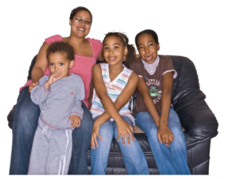
TSIs were asked if projects being funded are helping to tackle child poverty. Just over half of the projects supported people from at risk families.
Contact
Email: maggie.young@gov.scot
There is a problem
Thanks for your feedback